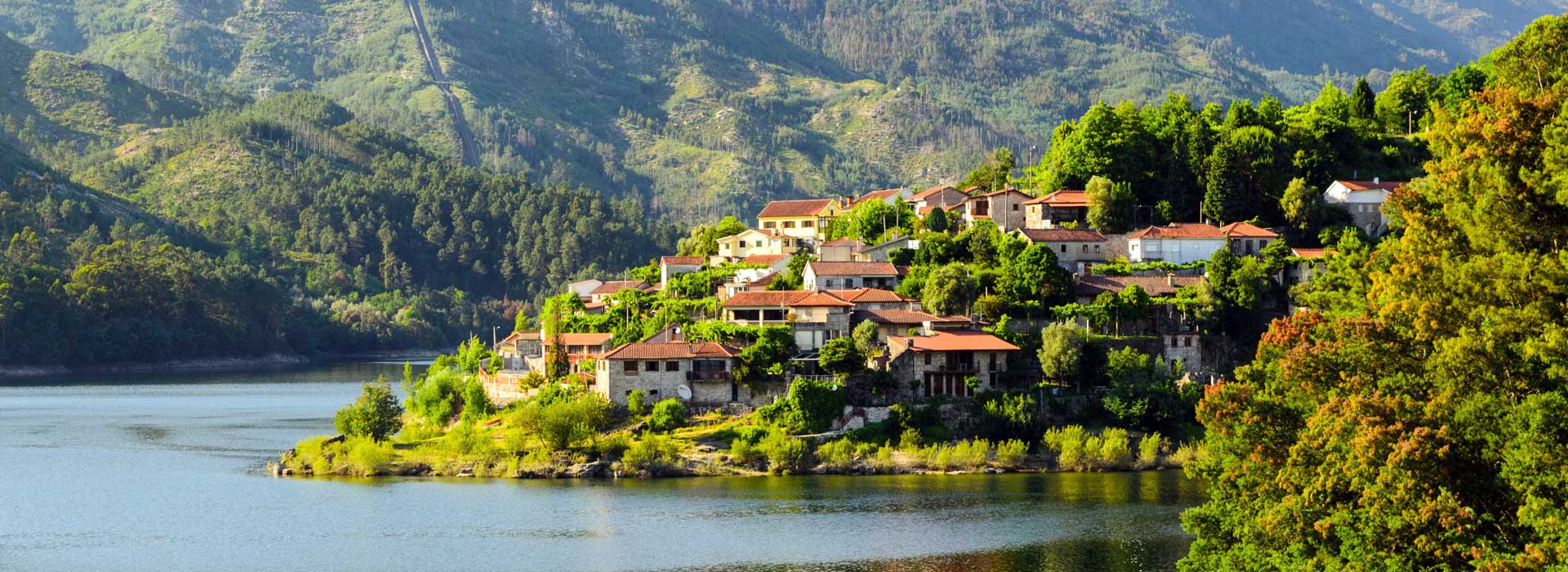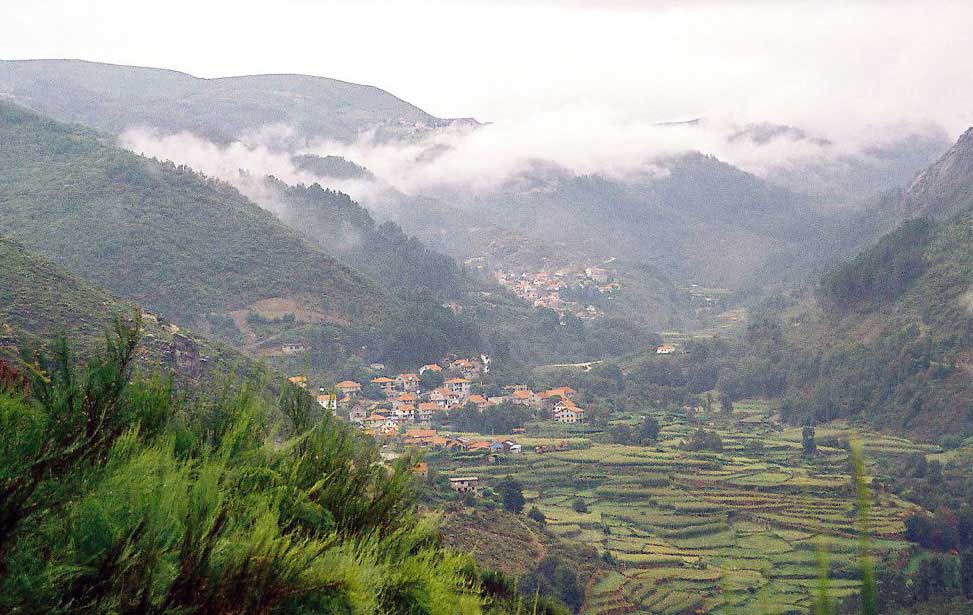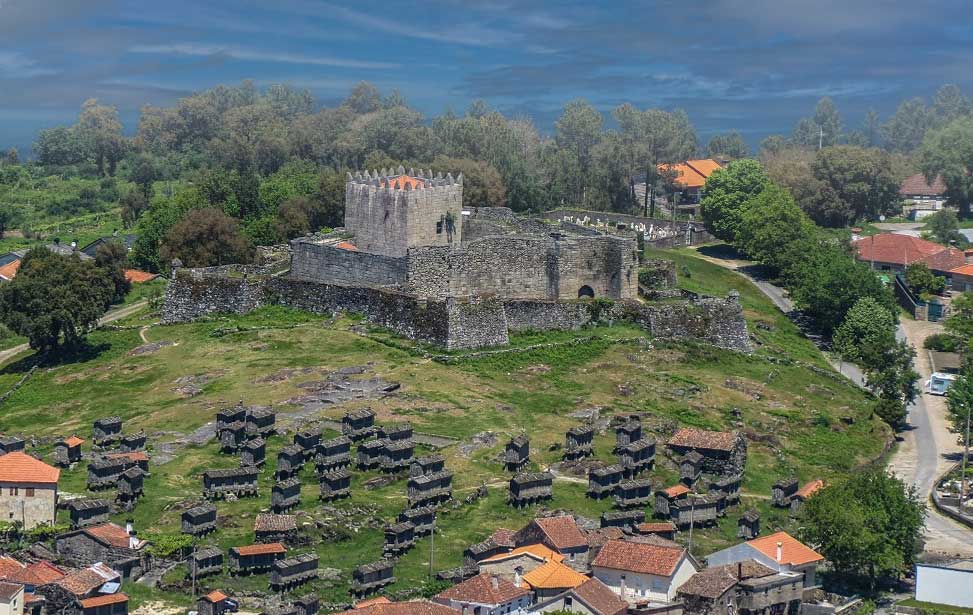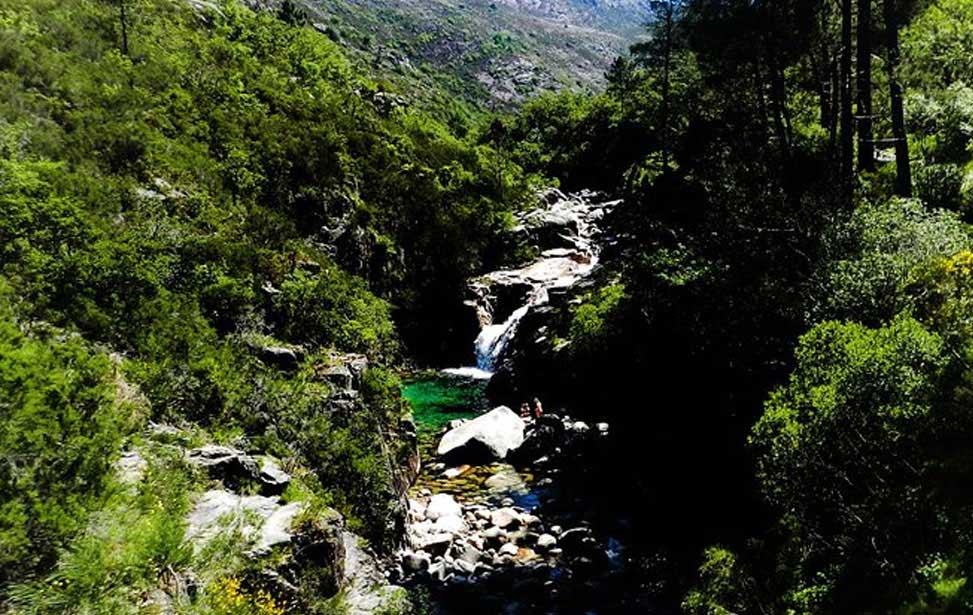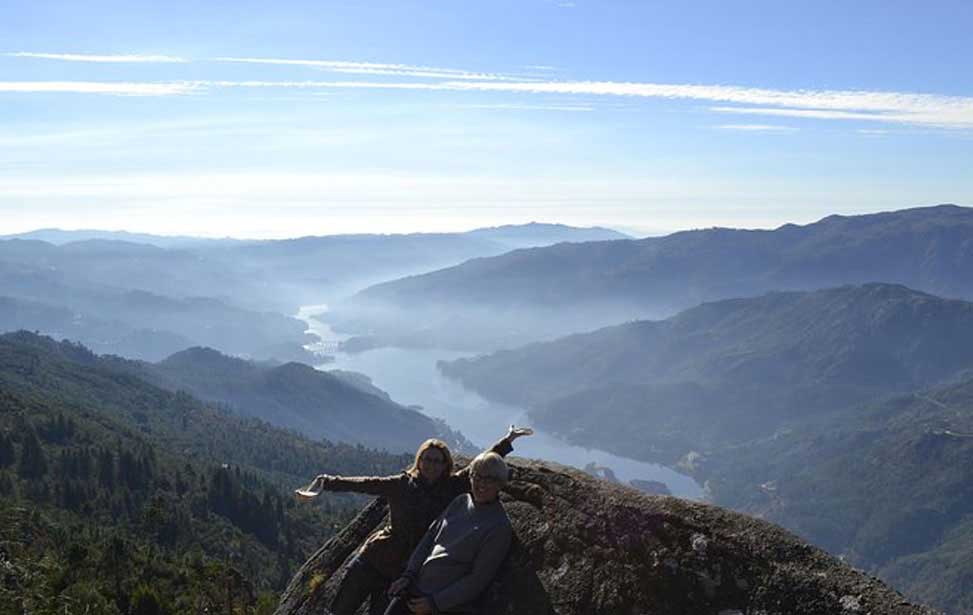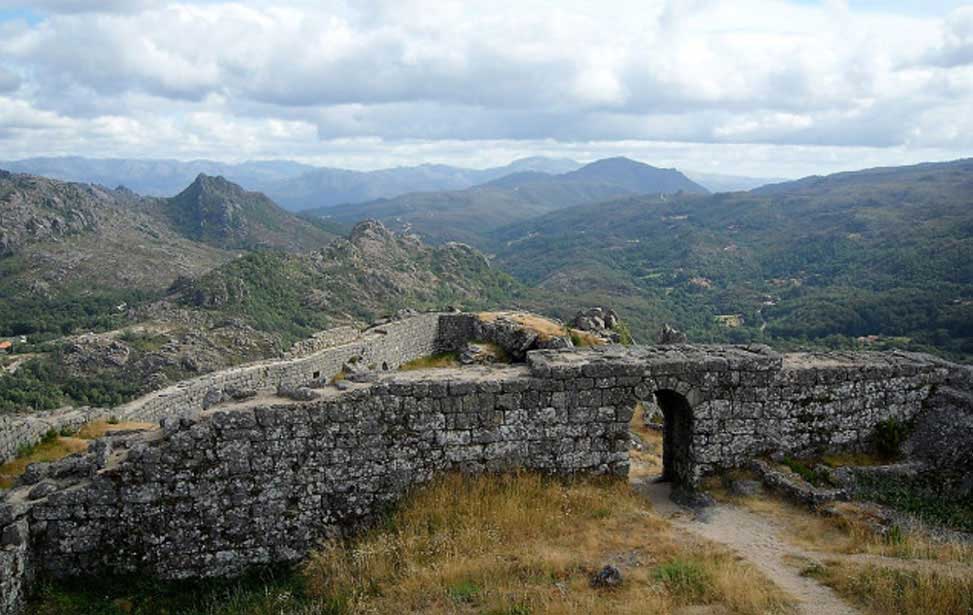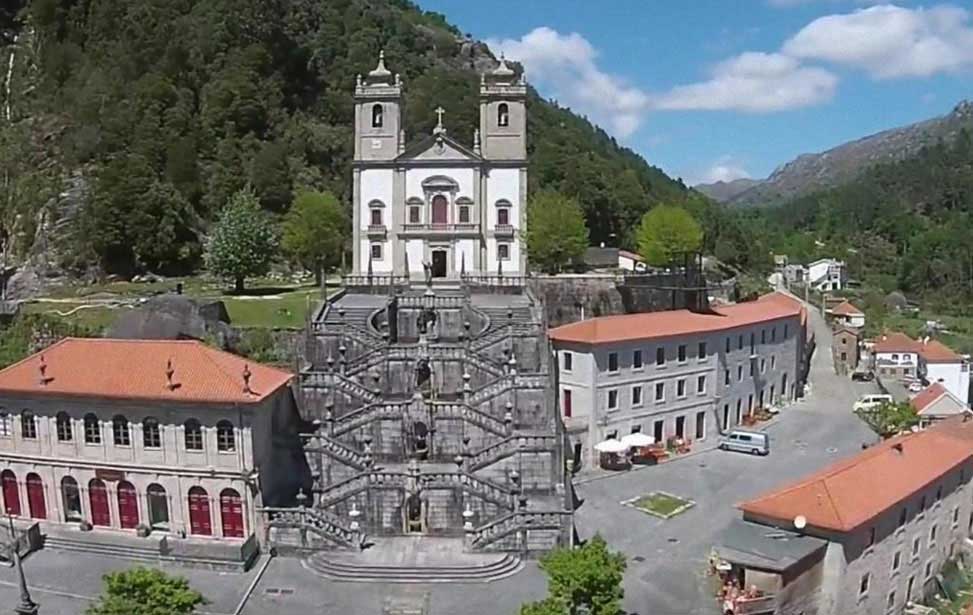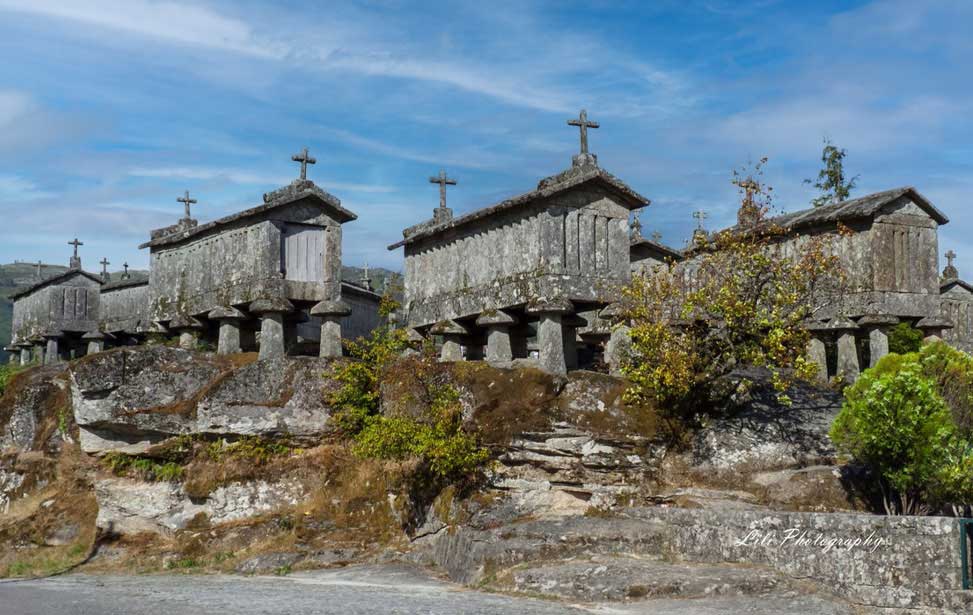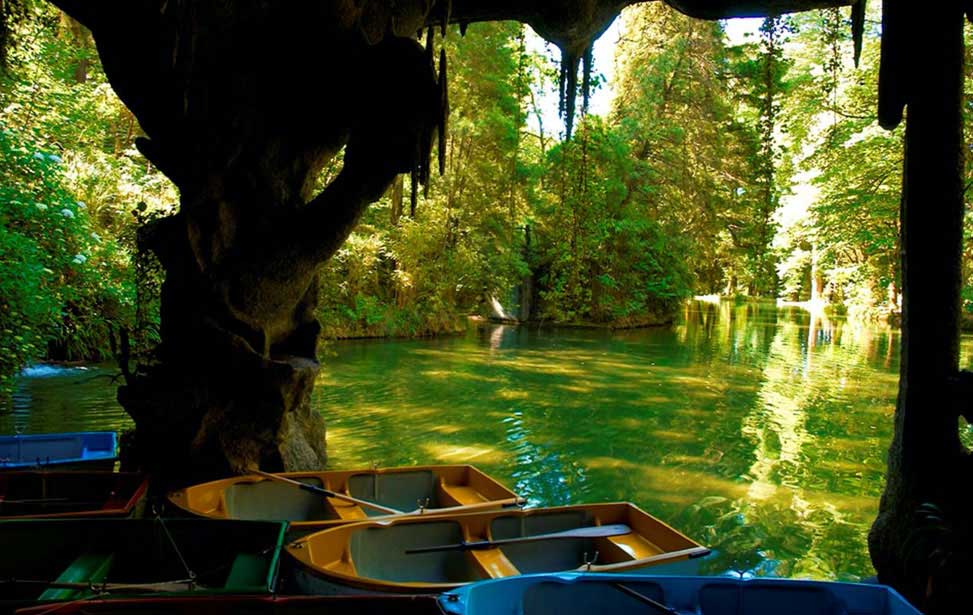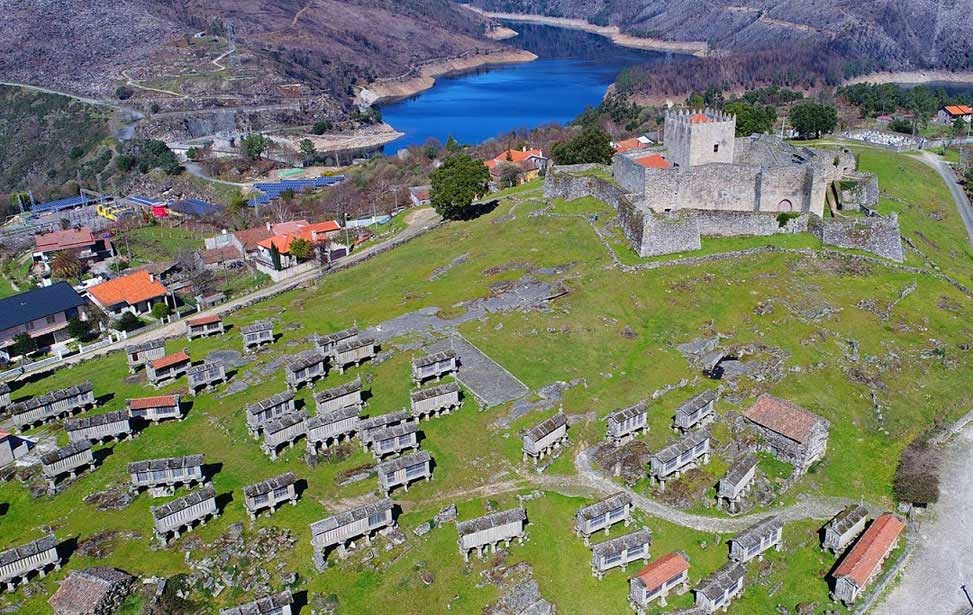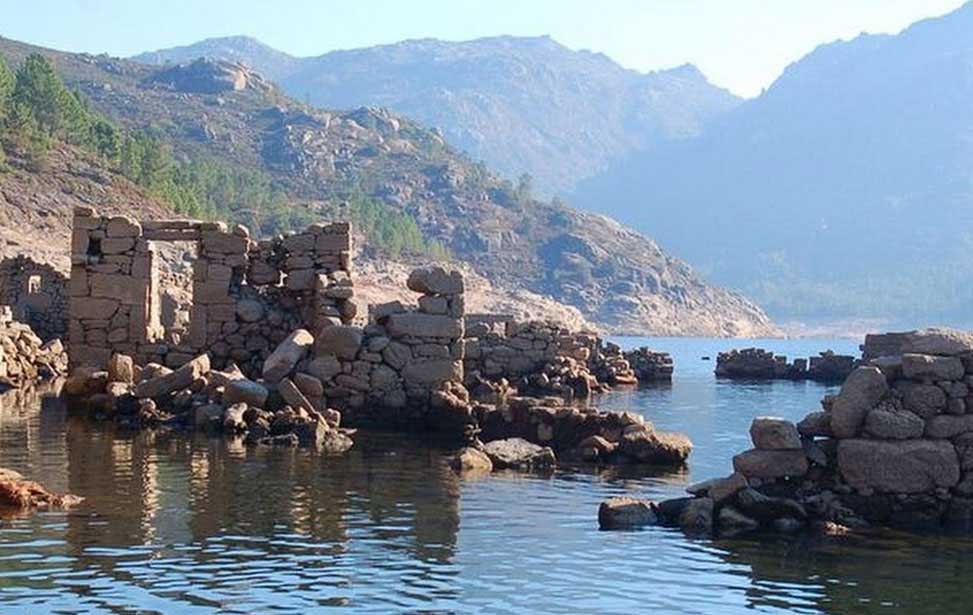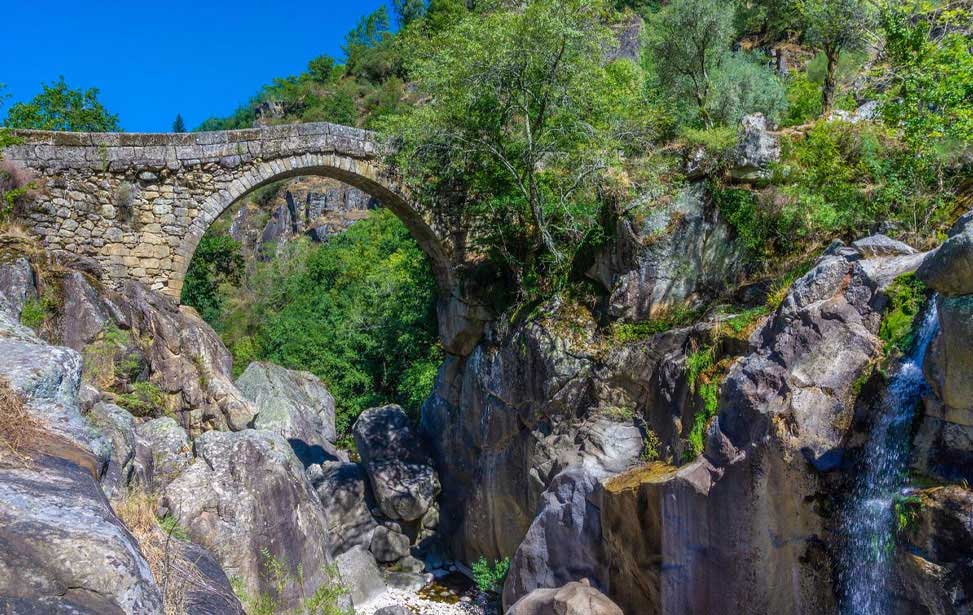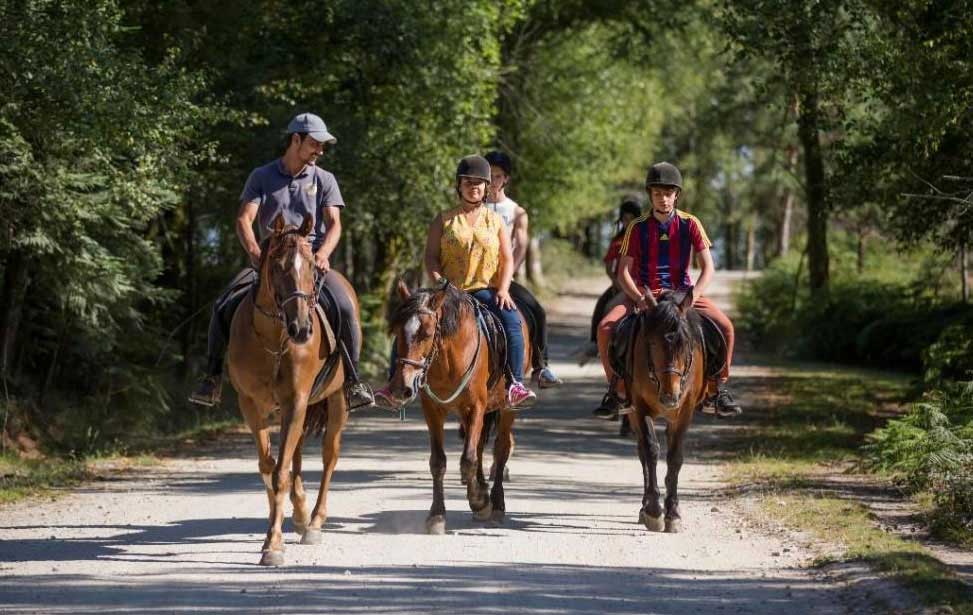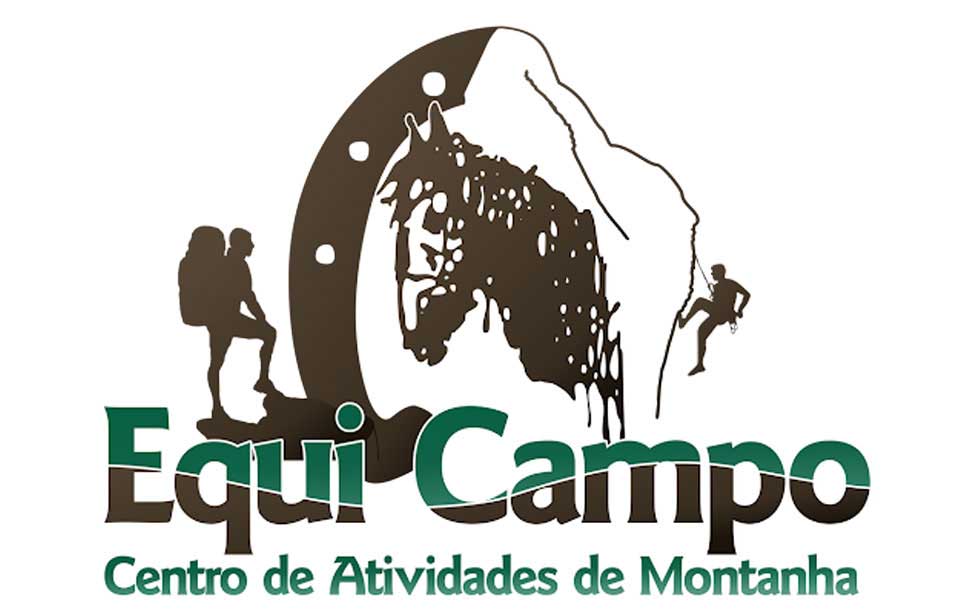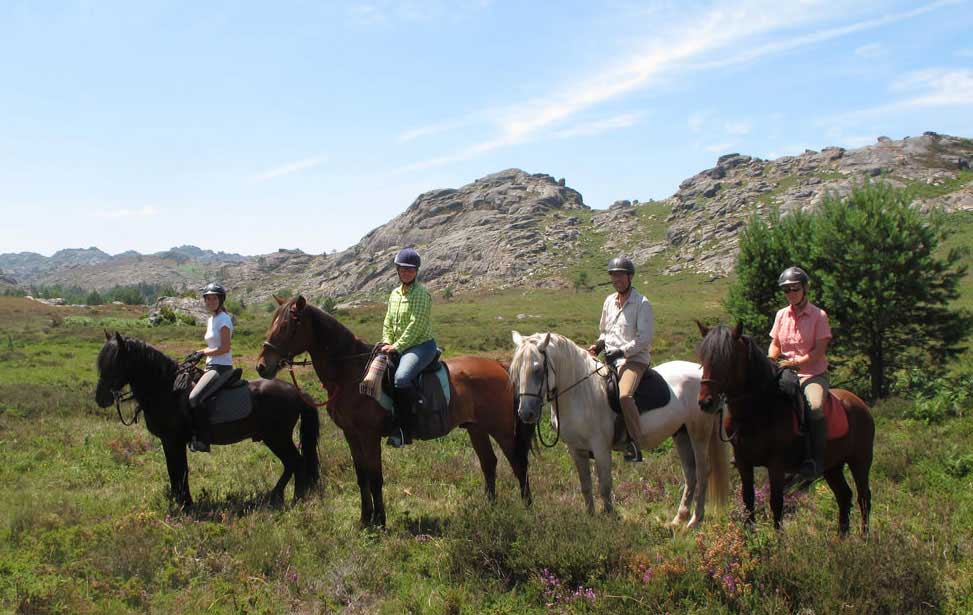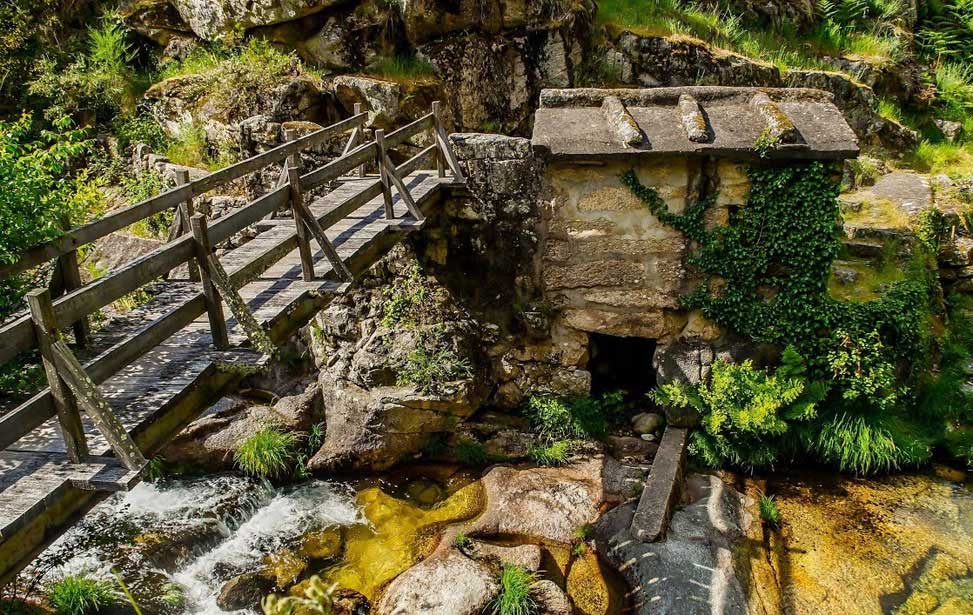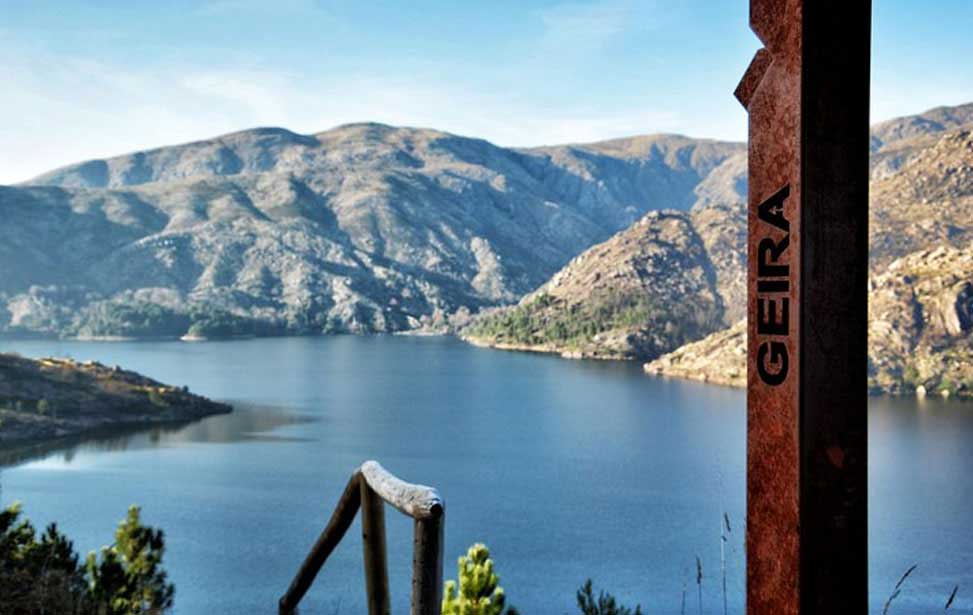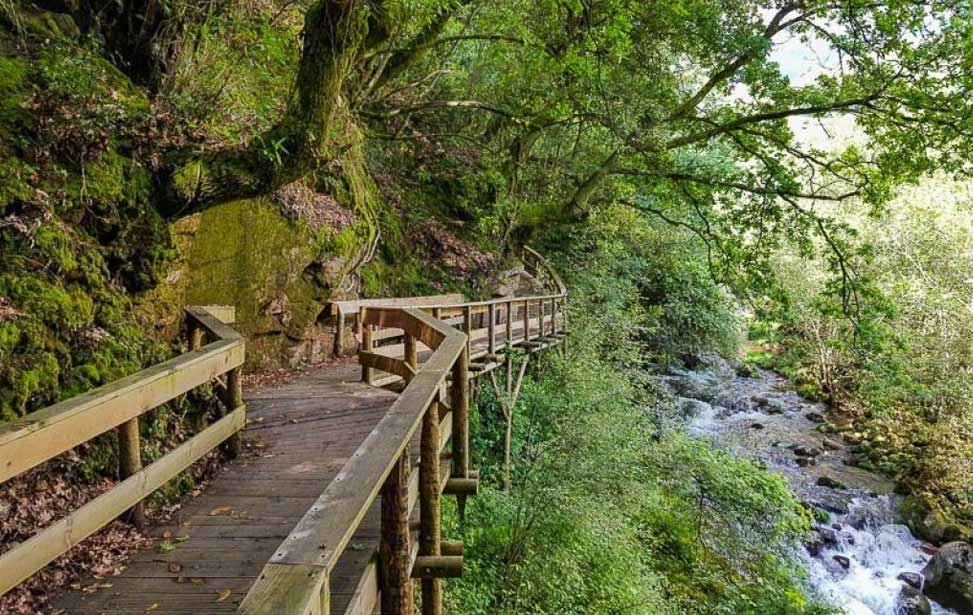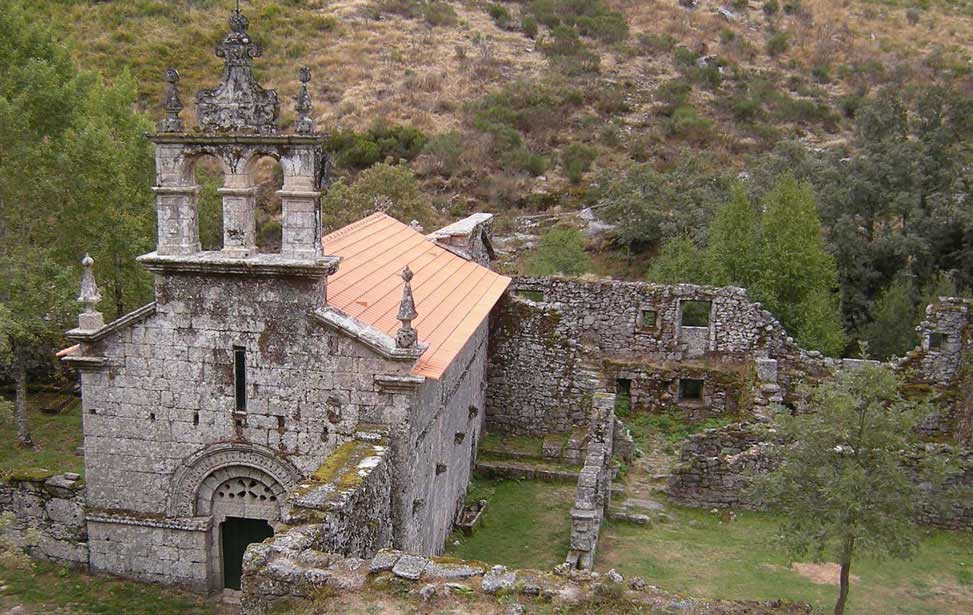PENEDA GERÊS NATIONAL PARK
Bording the Galician border of Spain in the far North East of Portugal the Peneda-Gerês National Park spans a vast area of 72,000 hectares of landscapes of immense natural beauty. Portugal has many protected areas however Peneda-Gerês is the country's only designated National Park, first established on the 8th of May 1971. The vast area encompasses the municipalities of Melgaço, Arcos de Valdevez, Ponte da Barca, Terras de Bouro and Montalegre. At it's highest point it rises 1545 metres above sea level at Nevosa with notable other peaks of the Peneda, Soajo, Amarela and Gerês mountain ranges along with the Mourela and plateaus.
Let MADABOUTPORTUGAL.COM be your indispensable guide to the beautiful Peneda-Gerês National Park. We'll advise you about the best things to see and do. Sit back and let others organise everything with our choice of guided tours or use us to plan your adventures.





